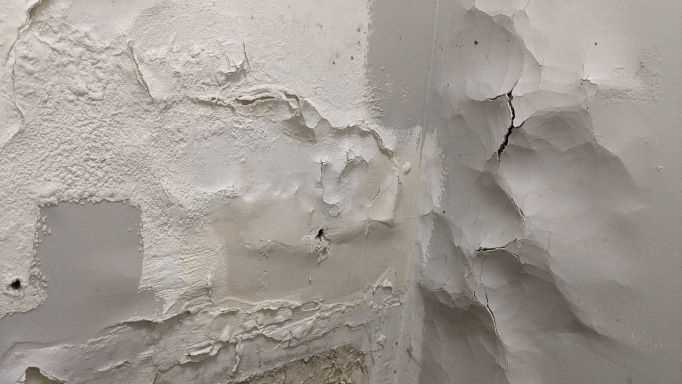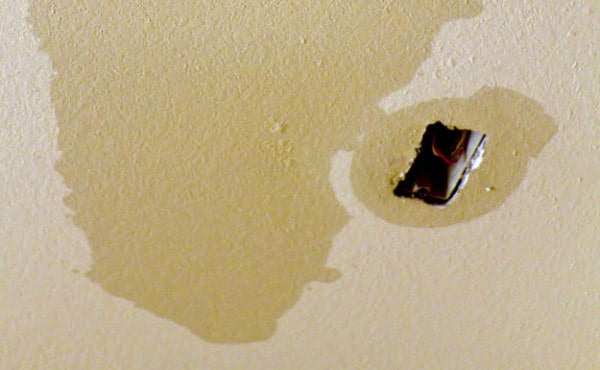Nearly everybody maintains his or her own way of thinking with regards to Water Stains on Walls.

Water stains on walls are not pleasant to the eyes. Your house needs to be without discolorations on the walls, roofing, or floors. That is the perfect state of a residence as well as its structures. Yet, sometimes it appears practically inevitable to experience water spots on walls in homes.
Homeowners living in moist areas regularly take care of the worry of water stains on wall surfaces. That doesn't have to be the case for you. With well-shaped as well as accurate details on the reasons for water discolorations as well as prompt repair service processes, you will constantly be a step ahead of such events. This article guarantees to be a helpful guide for you.
3 Usual Sources Of Water Stains on Wall Surfaces
As opposed to common belief, water stains on wall surfaces do not always originate from inadequate building products. There are a number of reasons for water stains on wall surfaces. These consist of:
Damp
When warm damp air meets with completely dry chilly air, it causes water beads to form on the wall surfaces of buildings. This occurs in bathroom and kitchens when there is steam from food preparation or showers. The water beads can tarnish the surrounding walls in these parts of your house and also infect other areas.
Moist or condensation influences the roof and walls of buildings. This triggers them to show up darker than various other locations of the residence. When the wall surface is wet, it creates a suitable environment for the growth of microbes and fungi. These might have damaging results on wellness, such as allergic reactions as well as breathing disorders.
Poor Water drainage
This will certainly protect against water from permeating into the wall surfaces. This links to extreme wetness that you discover on the walls of your structure.
The leading cause of damp wall surfaces, in this case, can be a bad water drainage system. It can also be because of bad management of sewer pipelines that run through the structure.
Pipeline Leaks
Most houses have a network of water pipelines within the walls. It constantly raises the viability of such pipes, as there is little oxygen within the walls.
Yet, a disadvantage to this is that water leakage affects the walls of the building and causes widespread damage. An indicator of malfunctioning pipelines is the appearance of a water stain on the wall surface.
Pro Idea
A houseplant in your house also increases its humidity. If the home is already damp, you might desire to present houseplants with marginal transpiration. An instance of ideal houseplants is succulents.
Water Discolorations on Wall Surface: Repair Service Tips
When dealing with water stains, homeowners would generally want a fast fix. Yet, they would quickly understand this is disadvantageous as the water discolorations persist. So, below are a few handy suggestions that will certainly lead you in the repair of water stains on walls:
Conclusion
Although nobody wants to have water spots on walls in their residence, it can occur to the most effective of us. This post gives you take advantage of, as you currently understand just how to handle this incident if it does occur.
It is always best to hire specialist services to help take care of the problems in your home.
In some cases it appears virtually unavoidable to experience water spots on wall surfaces in residences.
In contrast to preferred idea, water discolorations on wall surfaces do not constantly stem from inadequate structure products. There are numerous reasons of water discolorations on wall surfaces. The water droplets can discolor the surrounding walls in these components of your residence as well as spread to other areas.
Here are a couple of helpful tips that will certainly assist you in the repair service of water stains on wall surfaces:
How to Remove Water Stains From Your Walls Without Repainting
The easy way to get water stains off walls
Water stains aren’t going to appear on tile; they need a more absorbent surface, which is why they show up on bare walls. Since your walls are probably painted, this presents a problem: How can you wash a wall without damaging it and risk needing to repait the entire room?
According to Igloo Surfaces, you should start gently and only increase the intensity of your cleaning methods if basic remedies don’t get the job done. Start with a simple solution of dish soap and warm water, at a ratio of about one to two. Use a cloth dipped in the mixture to apply the soapy water to your stain. Gently rub it in from the top down, then rinse with plain water and dry thoroughly with a hair dryer on a cool setting.
If that doesn’t work, fill a spray bottle with a mixture of vinegar, lemon juice, and baking soda. Shake it up and spray it on the stain. Leave it for about an hour, then use a damp cloth to rub it away. You may have to repeat this process a few times to get the stain all the way out, so do this when you have time for multiple hour-long soaking intervals.
How to get water stains out of wood
Maybe you have wood paneling or cabinets that are looking grody from water stains too, whether in your kitchen or bathroom. Per Better Homes and Gardens, you have a few options for removing water marks on your wooden surfaces.
You can let mayonnaise sit on your stain overnight, then wipe it away in the morning and polish your wood afterward. You can also mix equal parts vinegar and olive oil and apply to the stain with a cloth, wiping in the direction of the grain until the stain disappears. Afterward, wipe the surface down with a clean, dry cloth. Try placing an iron on a low heat setting over a cloth on top of the stain. Press it down for a few seconds and remove it to see if the stain is letting up, then try again until you’re satisfied. (Be advised that this works best for still-damp stains.) https://lifehacker.com/how-to-remove-water-stains-from-your-walls-without-repa-1849742925

I ran across that blog post about Water Stains on Walls while doing a lookup on the search engines. Enjoyed our posting? Please share it. Help another person find it. Thank you for your time. Visit again soon.
Overflow? Ring now!